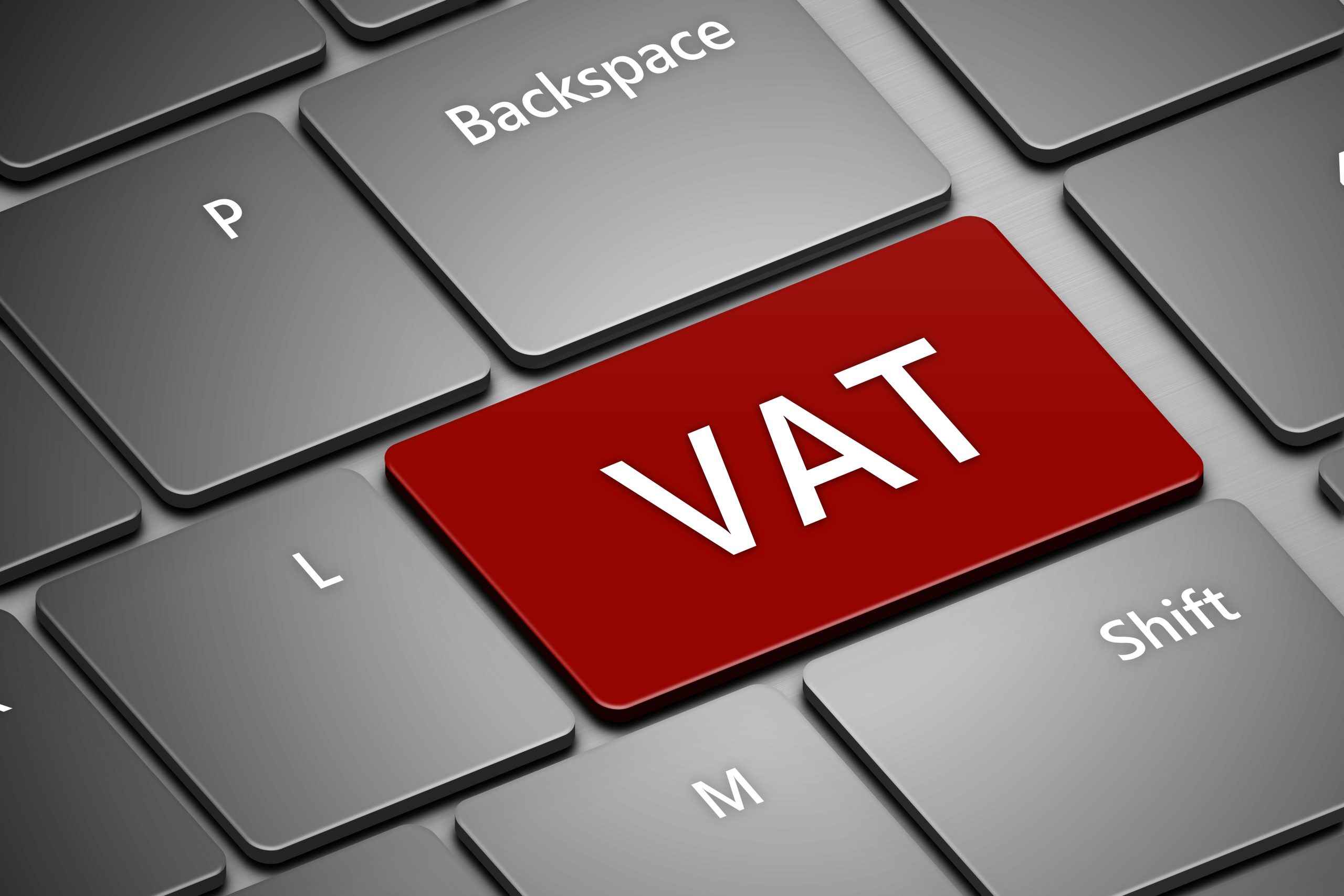Value Added Tax (VAT), a form of tax, is an essential part of any business transaction in the UK. Businesses who have registered with HMRC for VAT must understand the process of submitting an VAT Return. In this thorough guide, we will unravel the complexities of VAT returns and provide useful information on the process and ensuring that businesses can navigate this financial environment without fear.

What is VAT? And what is the significance of it to you?
VAT is a tax based on consumption which is charged on the sale of goods and services. If your business is registered with VAT this means that you have to pay VAT on the sale of your services or products. It’s about collecting VAT from customers, remitting it to HMRC and providing your customers with an invoice or receipt stating the amount of VAT they paid in their sale. In addition, when you purchase you’ll receive a VAT invoice detailing the amount of VAT that was included in the purchase. It is crucial to maintain accurate records to be able to claim VAT from HMRC.
Tax Returns: The Essentials
Regularly filing VAT returns in conjunction with HMRC is among the main obligations companies who are registered for VAT have. The VAT report provides a summary of purchases and sales during a particular period. Businesses can utilize it to document the VAT collected by their clients and to report the amount they paid themselves. This is typically done on an annual basis. For more information, click VAT Return Guide
How to submit your VAT return: A step-by-step guide
1. Be aware of Your VAT period: It’s important to be aware of your VAT duration prior to starting the filing process. Businesses in the UK typically file their VAT tax returns every three months. Be sure to be aware of the dates of beginning and ending of your tax year.
2. Create a list of sales and purchase information: Collect all the relevant information about your purchases and sales during the VAT timeframe. This includes invoices for sales to clients and invoices for purchases from suppliers.
3. Calculate the Output Tax. Output tax is equivalent to the VAT you charged your customers for the sale. Add all the VAT that you charged on your sales to calculate the total output tax.
4. Calculate Input Tax. Input tax is equal to VAT you have paid on all your purchases. Calculate the total amount of tax by adding up the VAT paid on all your purchases during the VAT timeframe.
5. Fill out the VAT Return Form With the information gathered, you can complete the VAT return form that is provided by HMRC. The form usually includes sections on your total purchases, sales output tax, as well as input tax.
6. HMRC has to receive the VAT return by the date stipulated. The filing can be made on the internet using HMRC’s Making Tax Digital (MTD) service. It’s a fast and efficient method to meet your VAT obligations.
Common errors to avoid
To avoid penalties, it is recommended that you not make your VAT returns late after the deadline. The late filing of your VAT return can have the financial consequences to your company.
Inaccurate Information: Double-check all details on your VAT return for accuracy. Incorrect figures or calculations may lead to discrepancies, or even problems with HMRC.
Businesses are entitled to reclaim the VAT they paid for certain purchases. Be aware of the input tax you can claim. This could have a big impact on the VAT you owe.
Also, you can read our conclusion.
Navigating the landscape of VAT returns is an important element of financial management for businesses in the UK. Understanding the VAT return process, its intricacies, and following a comprehensive guide for VAT returns are essential for keeping financial compliance.
Businesses should approach VAT returns carefully and with accuracy. Businesses can simplify their tax obligations through understanding the process and avoiding the most common mistakes. It doesn’t matter if you’re an experienced business owner or a newcomer to the world of VAT, staying informed and proactive when it comes to VAT returns is key for creating a positive economic climate for your business.